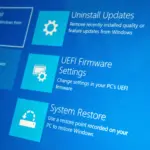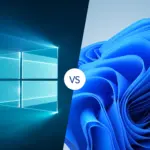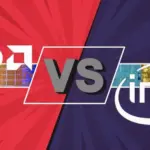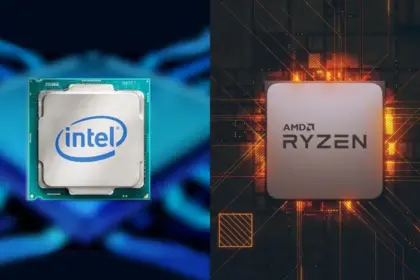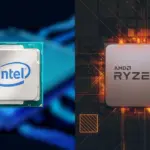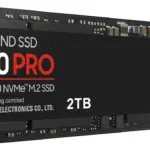AMD is releasing some internal benchmarks that show how its Ryzen AI 300 APUs measure up against the Intel Core Ultra 200V series, also known as “Lunar Lake,” in games. Since Intel’s platform was not yet ready when AMD’s “Strix Point” was released, it was not featured on any marketing slides. But in recent weeks, things have shifted, and both systems are now available for purchase.
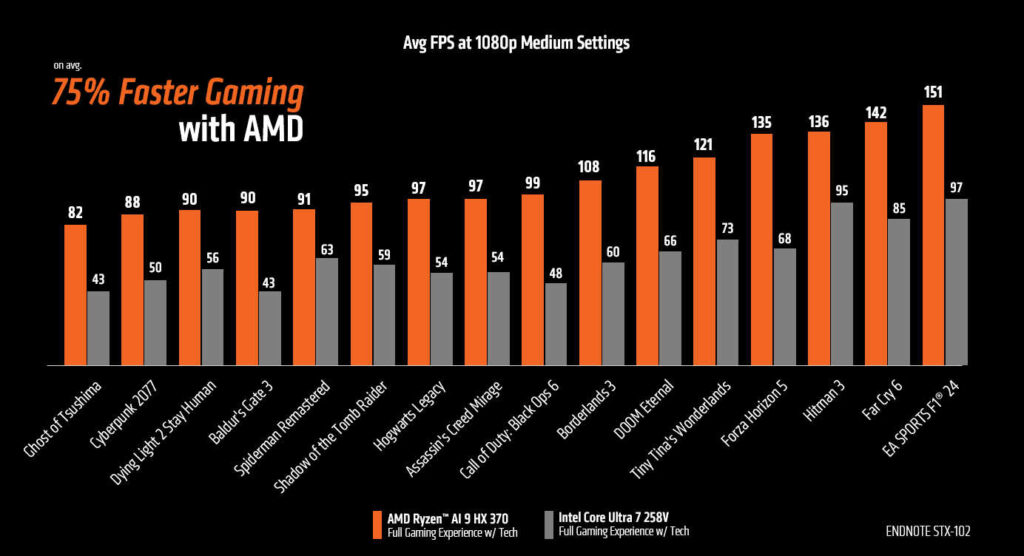
In order to highlight its performance-enhancing technologies, such as FSR (FidelityFX Super Resolution) and Frame Generation, either through AFMF (Fluid Motion Frames) or HYPR-RX implementation, AMD chose to provide a few gaming benchmark tests. Although the selection of games clearly favors AMD hardware in this case and the footnotes appear to be conveniently lacking information such as figures for non-FSR/FG framerate data, you might still be able to understand AMD’s positioning of its APUs in terms of gaming by looking at the charts and ignoring these technologies.
It is important to note that both systems—the S 14 with Core Ultra 7 258V and the S 16 with Ryzen AI 9 HX 370—are built on the ASUS Zenbook S chassis. The AMD chassis uses 7500 MT/s speed, whereas Lunar Lake defaults to 8533 MT/s memory. Both systems include 32GB LPDDR5X memory.
Sadly, AMD is not verifying if the ASUS laptop is operating in “normal mode,” which is what these laptops often do by default. If that is the case, though, both systems ought to be operating at 17W, enabling a useful comparison.
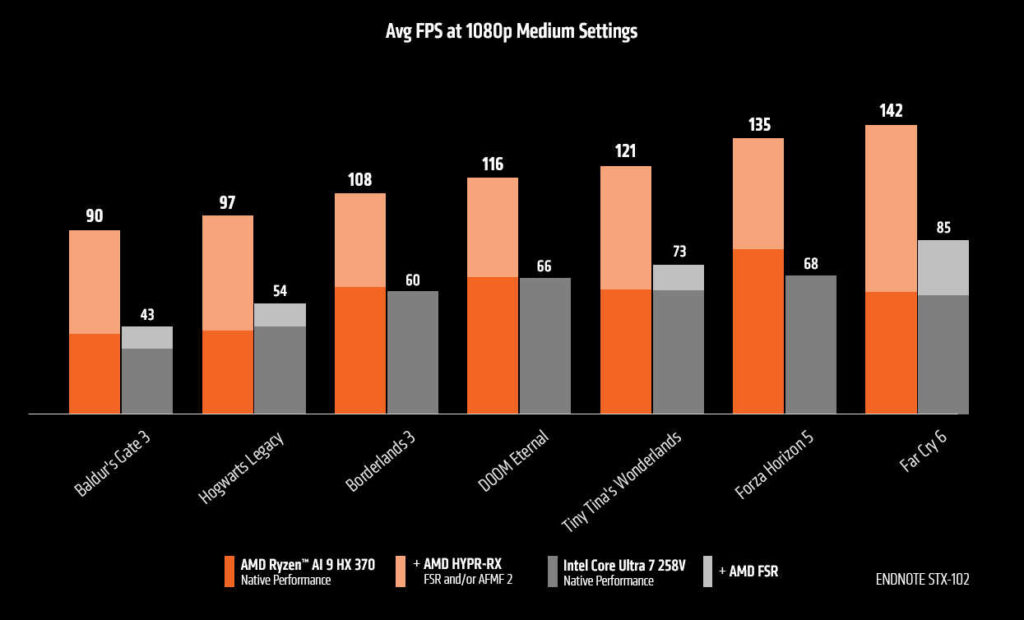
In its official blog post, AMD makes a lot of claims, but gamers could choose to disregard these marketing gimmicks and concentrate only on the numbers. Although the non-FSR/XeSS data are regrettably not given, it is evident that both platforms trade positions across a number of benchmarks.
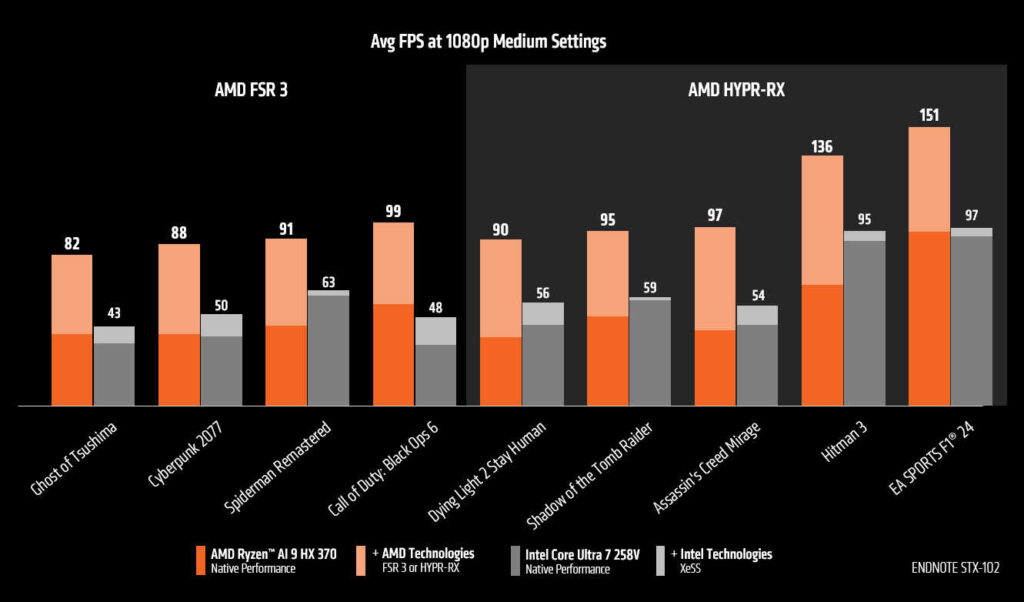
Nevertheless, we can say that AMD is faster in nine of the sixteen titles that were selected, while the Intel platform is faster in five. We can also declare a tie in four of the games.
When FSR and XeSS technologies are ready, the majority of users will adopt them; if so, AMD might be a better platform for games. AMD is revealing some FSR numbers to further aggravate Intel’s position. These figures make it abundantly evident that Intel XeSS lags well behind in terms of game support, and there is currently no frame generation option available. Another benefit is that AMD FSR is open-source, whereas Intel has yet to open-source its solution despite assurances to the contrary.



